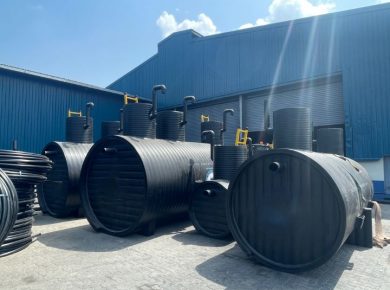Global Handwashing Day – reminder of the importance of water
October 15 is Global Handwashing Day1, a global advocacy day dedicated to increasing awareness and understanding about the importance of handwashing with soap, as an effective and affordable way to prevent diseases and save lives.
This year’s theme is ‘Our Future is at Hand – Let’s Move Forward Together,’ which calls for coordinated action, as the world actively works toward universal hand hygiene, as a fundamental component of health and safety.
Despite COVID-19 putting the spotlight on the importance of hand hygiene to prevent the spread of disease, Sub-Saharan Africa is experiencing the slowest rate of progress in the world. Only 54% of people have safe drinking water and people living in rural areas, urban slums, disaster-prone areas and low-income countries are the most vulnerable and the worst affected.
This past year has emphasised the need for collective action in sub-Saharan Africa to address the historic neglect of investment in hand hygiene policies and programmes, which draw their support from access to constant clean water.
In reviewing urban water, sanitation and hygiene (WASH) systems in Uganda and Kenya, only 33% of the population have a basic level, 34% have a limited level and 33% have no facility for access to hand-washing facilities at home2.
Part of the shortfall is attributed to rapid urbanisation and the intense effect of climate change, clearly demonstrated in Kenya with its increase in floods and, paradoxically, severe droughts in other parts of the country.
With its population of 50 million, 32% of Kenyans rely on unimproved water sources, such as ponds, shallow wells and rivers, while 48% of Kenyans lack access to basic sanitation solutions. These challenges are especially evident in rural areas and urban slums where people are often unable to connect to piped water infrastructure.
It is vitally important to focus on the basics of water security and the delivery of clean water to vulnerable areas. Investments must be made not only in new infrastructure but also in the maintenance and operations of existing assets in order to improve efficiency and reduce water losses.
To be able to keep up with the demand for clean water, the outdated infrastructure for water catchment, treatment and supply needs to be modernised and replaced by efficient and sustainable technologies. Together with adequately trained technicians, new technology can provide lifelines to vulnerable communities.
1 http://www.globalhandwashing.org/
2 https://www.climatechangenews.com/2021/07/22/understanding-impact-climate-change-urban-water-systems-africa/




